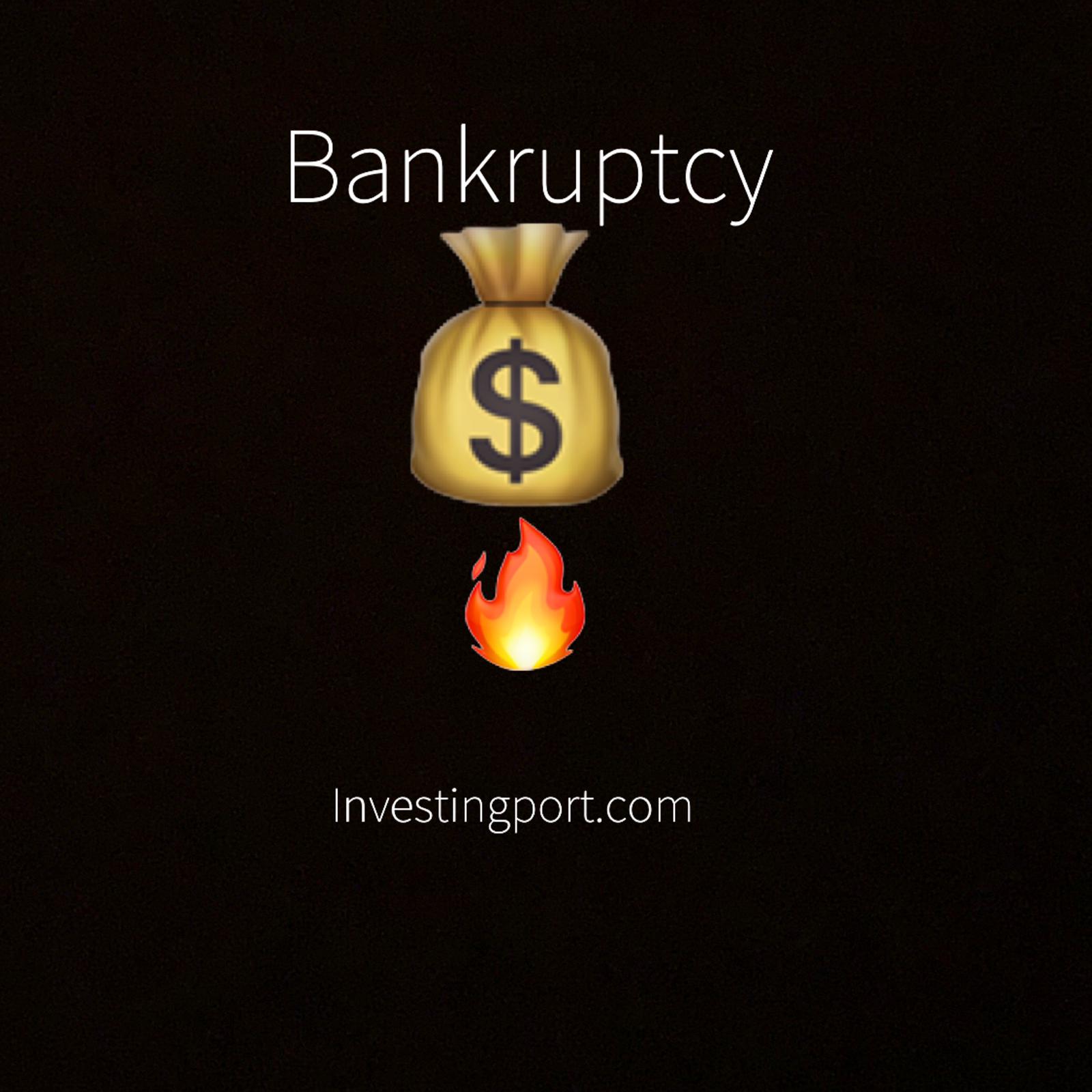What is BANKRUPTCY? Definition, How it Works, Types and Impact
- Posted on January 29, 2020
- Financial Terms
- By admin

What is Bankruptcy?
Bankruptcy is a court proceeding
where a judge and court trustee examine the assets and liabilities of
individuals and businesses who find it difficult to pay bills and decide
whether those debts can be discharged so they are no longer legally required to
repay them. These laws were written to enable individuals whose finances
crumble due to bad decision making to have a fresh start. These individuals and
businesses that file for bankruptcy usually have huge debts than their money
can cover. There is no perfect time to file for bankruptcy. But, if you
discover that paying off all debt could take more than half-a-decade, it could
be the best time to file for one.
How Bankruptcy Works
Filing
for bankruptcy gives an opportunity for a fresh start. An individual or
business not being able to pay all debt over a particular period of time is the
primary reason for filing for bankruptcy. A secondary reason for filing is to stop
the constant phone calls, emails, letters and other means used by creditors to
contact debtors in order to collect their credits.
Legally,
bankruptcy gives automatic stand-down instruction. Creditors will be
prohibited from filing a suit against the business or individual as well as
contacting debtors to pay their credits. It also protects against eviction,
utility disconnection, and wage garnishments.
The
process of declaring bankruptcy is quite long and could take about 6 months to
one year before completion.
Types of Bankruptcy
Depending
on the kind of debt being incurred, there are several types of bankruptcy.
Chapter 7 Bankruptcy
Chapter 7
bankruptcy gives an individual the opportunity to get a court judgment that
releases him from the responsibility of paying debts. Key assets (exempt
properties) like a house, car, pension, Social Security checks, welfare and
retirement packages will be kept, while non-exempt properties will be sold off
to repay debt. Non-exempt properties such as cash, bank accounts, stock
investment, stamp collections, a second car, and second home are often liquidated and
the proceeds are used to repay creditors. These items are usually sold by a
court-appointed bankruptcy trustee.
Chapter 13 Bankruptcy
This kind
of bankruptcy involves repaying some part of the debt and being forgiven for the
rest. It is used by individuals who do not want to want to give up their
properties or do not qualify for Chapter 7 because they have a high income. People
can only file for bankruptcy under Chapter 13 if their debts do not exceed a
certain amount. Under Chapter 13, a three- to five-year repayment plan is
designed for the creditors. When the plan is successfully completed, the
remaining debts are erased.
Chapter 9 Bankruptcy
This kind
of bankruptcy applies to cities or towns, where it protects the municipalities
from creditors while the city develops a plan for handling its debts. This
usually happens when industries close down and people leave to find jobs
elsewhere.
Chapter 11 Bankruptcy
Chapter 11 bankruptcy is
often referred to as reorganization bankruptcy. It is designed for businesses
and gives businesses a chance to stay open, while the debts and assets of the
business is being restructured so that creditors can be paid.
Chapter
12 Bankruptcy
This
applies to family farms and fisheries, and gives them the chance to propose a
plan to repay all or part of their debts. The debt of individuals, partnerships
or corporations filing for Chapter 12 must not exceed $4.03 million for farmers
and $1.87million for fishermen. The repayment plan must be completed within five years,
though allowances are made for the seasonal nature of both farming and fishing.
Chapter
15 Bankruptcy
This kind of bankruptcy
applies to cross-border insolvency cases, where a debtor has assets and debts in
both the U.S. and another country. This chapter was added to the bankruptcy
code in 2005 as part of the Bankruptcy Abuse Prevention and Consumer Protection
Act. Chapter 15 cases start as insolvency cases in a foreign country and make
their way to the U.S. Courts to try and protect financially troubled businesses
from going under. The U.S. courts limit their scope of power in the case to
only the assets or persons that are in the United States.
Are you considering filing bankruptcy? Make sure you speak to your financial advisor and your lawyer before moving forward. Examine all the types of bankruptcies discussed above to see which one fits your condition.
Impact of Bankruptcy
- It offers an opportunity for a fresh start, hence
giving the individual and business a second chance.
- When a bankruptcy is filed for, an individual could be
denied new lines of credit or even jobs.
- Bankruptcy could damage credit reports.
- It can take over 7 years to be discharged from some types of bankruptcy.
-


Be the first to comment!
You must login to comment